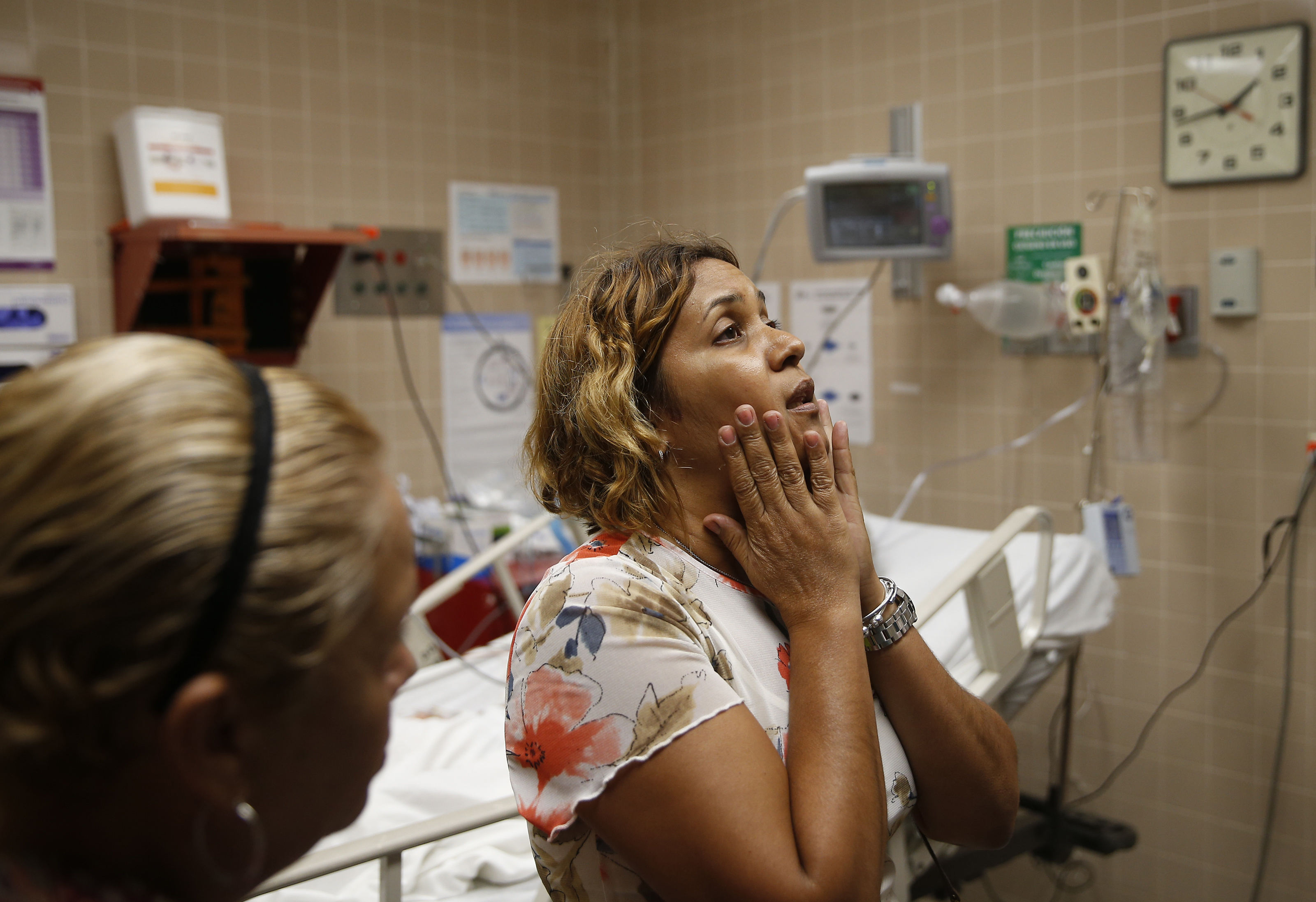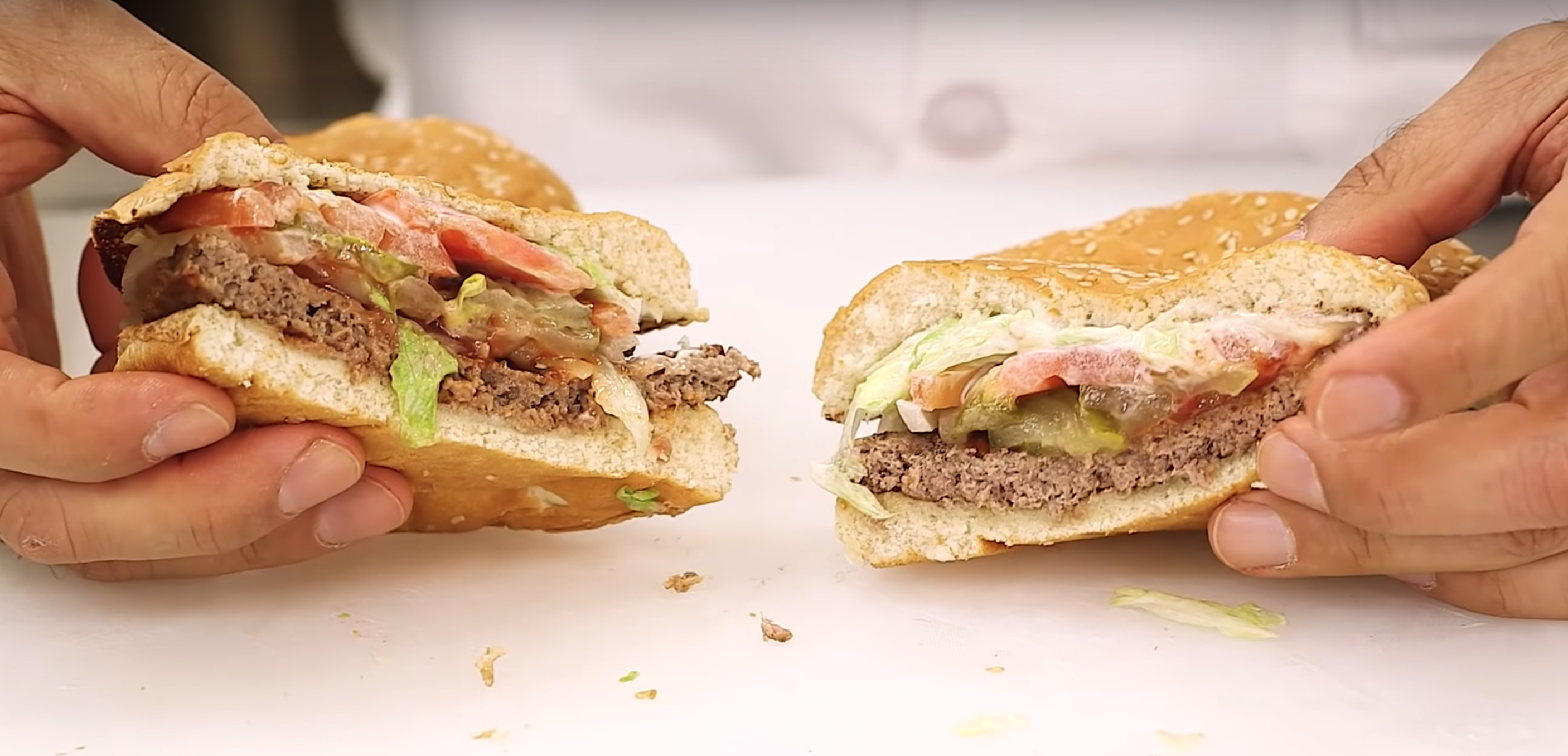When we see a disaster strike, it’s a knee-jerk reaction to want to help. It’s possible, however, that despite your best intentions your charitable act may be more of a hindrance than a help. That flies in the face of everything we know about disaster relief – these people need as much as they can, as quickly as they can get it, right? But often our generosity isn’t informed by humanitarian logistics; good intentions can do harm if they lack understanding, as Albert Camus once wrote.
Juanita Rilling, director of the USAID Center for International Disaster Information, explains that disaster relief would never want to push away donations, but she does urge people to educate themselves on the practicality of their contribution.
The complications arise when people donate goods. In disaster environments, there is typically no temperature controlled storage, and often no dry, flat places to store boxes. When food, clothing, and supplies arrive, charity organizations have to risk losing them to factors like mold, rats, snakes, disease and the elements, or pay to put these goods in a storage facility. “All of these resources that are used to manage unneeded donations are being taken basically from survivors,” Rilling explains.
There are two sides to every donation: the emotional side and the logistical side. It’s emotionally satisfying to give physical goods, because donors know exactly the impact of their generosity – a truck of shirts to clothe people, boxes of food to feed them, a truck of building supplies to start reconstruction. The best donation, as much as it feels impersonal, is sending cash to reputable and reviewed organization. Rilling recommends using research portals like GiveWell, GuideStar, Charity Watch and Charity Navigator to search for charities that use cash donations most responsibly.
Juanita Rilling: There are two aspects to every donation. There is the emotional/spiritual side which is all good and there’s the practical/material side which is very tricky. The emotional/spiritual side is people giving to people who are hurting which has spiritually evolved in civilization saving that is all really good. But a donation is a material thing in a situation where material things have to be prioritized. There’s no emotion in humanitarian logistics. Anything that is not needed gets in the way and so people’s donations can actually prevent people on the ground from getting the help that they need.
After a major disaster there really are no flat, dry spaces to put things. And so if there are flat, dry spaces the relief organizations need them to stage and manage and deliver emergency supplies. So if it’s raining used clothing and canned food and bottled water all of that has to be moved aside and it’s in the elements because there really is no climate controlled storage after a disaster, not for a long time. If there is it’s used for medicines. So all of this donated goods, these donated goods sit in the elements and they degrade. The clothing gets moldy, the cans open up, these big piles become a haven for rats and snakes and therefore a health hazard for anyone who has to deal with them. And moving all of the stuff out of the way and managing it is relief workers taking relief workers time and heavy equipment and money away from the response. So all of these resources that are used to manage unneeded donations are being taken basically from survivors.
After the tornado in Moore, Oklahoma, a very generous donor offered 28 truckloads of new furniture to the people of Moore, Oklahoma. And the relief workers were like dude, that is so wonderful of you but can you wait because right now there are no houses, no houses. But he was excited about his gift. People get very excited when they want to give something they know is special. So up to Moore came 28 truckloads and all of that furniture needed to be warehoused and warehousing costs money. And so that’s money that comes away from building people’s houses. So timing is important in giving as well. And it’s not good to give household goods when there are no households.
The best way to help survivors of any disaster event is through cash donations to the relief and charitable organizations who are working directly in disaster affected communities. That is because cash donations enable relief organizations to meet needs as they change which happens frequently, especially in the early days right after a disaster which are very dynamic. Cash donations also enable relief organizations to purchase supplies close to the disaster affected area because even in the worst disaster a protracted famine there’s always a perimeter of healthy markets from which to buy supplies. And when supplies are purchased locally they are fresh and familiar to survivors. They’re purchased in just the right quantities and they don’t require the heavy transportation costs and fees. They’re delivered quickly and there’s enough for everyone. They really – cash donations really are the best donation to give. And I understand that people are sometimes suspicious of relief organizations. And justifiably so because in that tricky intersection of money and human nature there will be pop up non-governmental organizations after a disaster. All of a sudden you’ll see this compelling website with a name you’ve never heard of and a big red donate now button. And people are smart to be cautious. But that’s why the charity watchdogs are so helpful.
Like Give Well, Guidestar, Charity Watch and Charity navigator where people who are open to donating money can look in the websites and find out what the organizations are doing, what they specialize in and the donor can decide whether they want to support the organization. That’s really the best way to do it.





